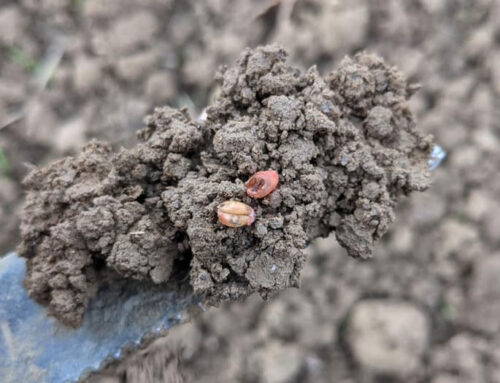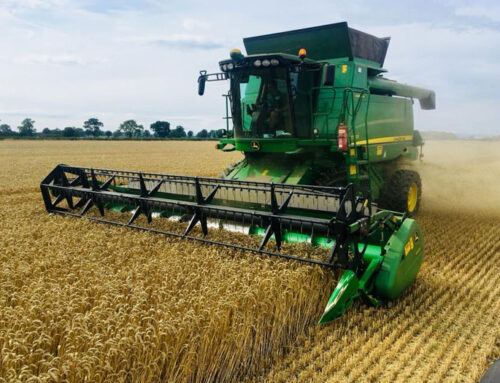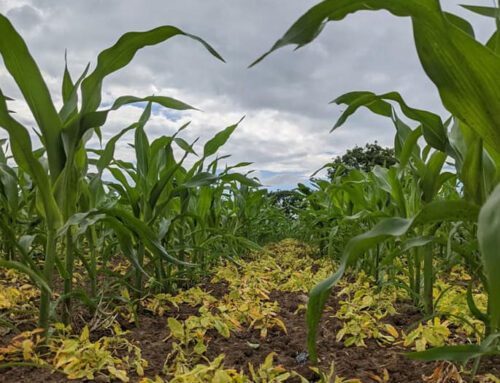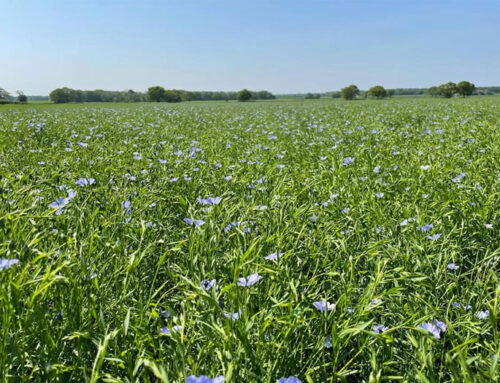The last few weeks of January leading into early February have allowed many people to finally carry on with some winter sowing. I’m not sure what it’s like nationwide but on my farms more wheat has been drilled post-Christmas than in the autumn. In general seedbeds have been reasonably good considering the battering they have received the last few months. Its savouring to know that we now realise if the conditions aren’t right the drill stays in the shed, mauling the crops in is hard work and leads to a headache of worry…waterlogging, slow germination, rooks etc. At the time of writing storm Ciara has passed but hot on her heels is little brother Dennis.
Here in Ryedale, North Yorkshire we managed to stay clear of any snowstorms, instead we received just over 2 inches of rain in 24 hours accompanied by 70mph winds. Even a man of my stature decided to stay in the office that day! Venturing out later in the week was a mix of worry and apprehension to see what had happened to the late drilled crops? Needless to say, it was a mixed bag those ploughed, then drilled with a combination unit were on the whole OK, unfortunately those direct drilled looked more like the Everglades!
The few early drilled crops I have look well and may yet see some new fungicide chemistry in the summer. Oil Seed Rape keeps throwing many curve balls as more crops bite the dust and those that look like surviving have a stack full of weed questions. Last weekend our away fixture for Hull was Luctonians down in Hereford, a full day of travelling with the return leg being made even worse by submitting my ears to the commentary of the England versus Scotland 6 nations game. It was clear to see that down in cider country they looked to have received their fair share of rain as well with flooded fields and endless stubble.
Grain markets continue to move in the right direction. While the coronavirus is still affecting the market, as always there are many other factors impacting on grain prices. I have read that transport strikes in France have been affecting logistics of grain exports, however despite this demand for French soft week has hit a 6 year high in January.
Sprayers ventured out again last week applying some residual herbicides, the main priority however was manganese on those light sandy fields where signs of deficiency were apparent. Its important to be vigilant and act quickly with manganese, particularly when crops are stressed due to cold wet conditions. Manganese is a key trace element that should be routinely applied to historically deficient fields, however up until now this has not been possible.
A hot topic on farm now is Nitrogen……. when can I go on! Well providing Dennis doesn’t live up to his older sister and ground conditions improve I am giving the greenlight to go. Residual soil N samples are registering a 15-year low. It is very important this year that the supply of nitrogen is maintained throughout the growing season particularly on backward or late drilled wheat crops. Early demand in these crops is low so a small dose of 40kg/ha with sulphur is enough. I will then be asking for a follow up in March with a similar quantity. Those crops just drilled will receive a dressing on emergence and Oil Seed Rape crops will receive a higher dose of early nitrogen and sulphur. Winter Barley on average reaches its theoretical final yield by the first week in April and early nitrogen is especially important on barley crops to encourage tiller survival. These will be treated like the wheat for the first dressing but 50% of the total will be applied in March. The spring work load is mounting fast and I fear that once we start running the treadmill will get faster and faster!




